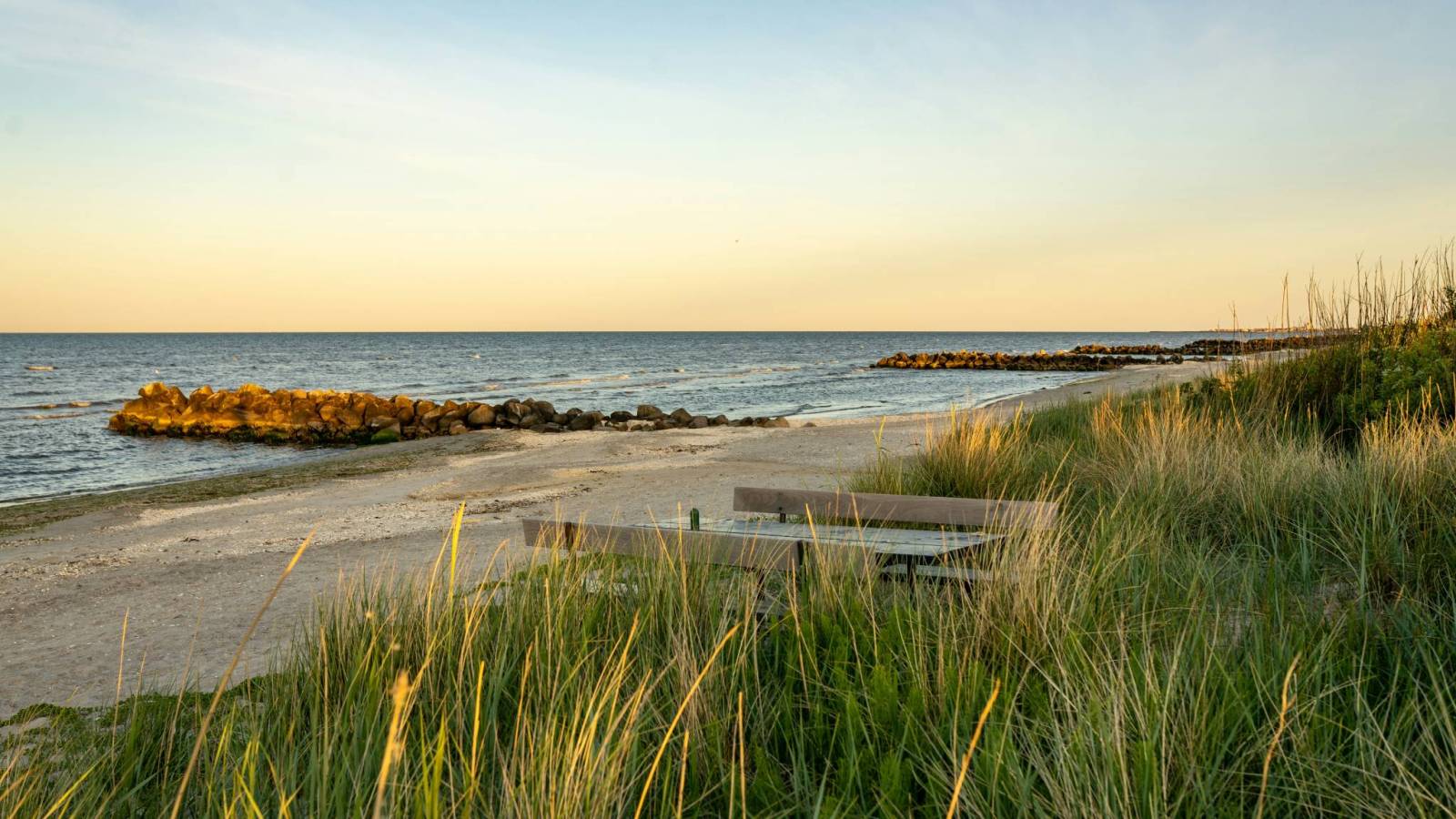The EuroVelo 3 cycle route from Frederikshavn in Denmark to Hamburg in Germany offers cyclists a journey along ancient route, that once connected northern Jutland with the south for centuries. This section of the Pilgrims' Route follows a paththat winds through picturesque landscapes once traversed by pilgrims and merchants. Cyclists choosing this route can expect a mix of well-maintained paths and quiet country roads. The terrain varies from flat sections to gentle hills, making it suitable for cyclists of all skill levels. There are many opportunities to explore local culture, cuisine and history, making this journey not only a physical challenge but also an unforgettable experience.
What is the EuroVelo 3 cycle route?
EuroVelo 3, also known as the Pilgrims' Route, is a long-distance cycling route covering approximately 5,650 kilometers, running from Trondheim in Norway to Fisterra in Spain. The route closely follows traditional pilgrimage paths, providing a unique blend of spiritual and cultural experiences, passing numerous UNESCO World Heritage sites, bustling streets, historic towns, diverse landscapes and picturesque vineyards. The route follows well-established and clearly marked paths through seven countries: Norway, Sweden, Denmark, Germany, Belgium, France and Spain, offering cyclists an unforgettable journey across Europe.
What is Hærvejen?
Hærvejen is a historic route across the Jutland Peninsula in Denmark, extending from Viborg in the north to the Danish-German border in the south. This path, was once Denmark's primary north-south corridor, facilitating trade, pilgrimage and military movements. The origins of the Hærvejen date back to prehistoric times, with evidence suggesting that it was used as early as the Early Stone Age. The strategic location of the route along the Jutland Ridge allowed travellers to avoid river crossings, making it a preferred route for merchants transporting goods such as amber, hides and livestock to Central Europe. Today, Hærvejen is a popular destination for hikers and cyclists, offering a combination of nature and history. The trail meanders through picturesque landscapes including forests, heathlands and hills, providing a peaceful environment for outdoor enthusiasts. Along the way, travellers can explore ancient burial mounds, medieval bridges and unusual villages that reflect the region's rich heritage.
Why is it called Hærvejen?
The name Hærvejen, in Danish translats to "Army Road", reflects its multi-faceted historical significance. Although it was indeed used by military forces, its most enduring association is with the transport of cattle, which led to its alternative name "the Oxen Way", as it facilitated the movement of up to 50,000 cattles per year in the 17th and 18th centuries. Furthermore, it was a important path for pilgrims travelling to sacred sites such as Santiago de Compostela and Rome, which is why it is often referred to as "The Ancient Road", emphasizing its diverse historical functions.
How many kilometers is this cycle route and how long does it take to complete it?
The EuroVelo 3 cycle route is approximately 700 kilometers (435 miles) long. It begins in Frederikshavn and follows the ancient Hærvejen path through Aalborg, Viborg and Padborg, crossing the border into Germany. The route continues as the Ochsenweg, passing through towns like Schleswig, Rendsburg and Neumünster before reaching Hamburg. Cyclists typically complete this section in 7 to 10 days, covering 70–100 km per day, but it all depends on daily distances, weather conditions, personal pace and sightseeing stop taken along the way.
What cities does the route pass through and what attractions are worth seeing?
The EuroVelo 3 cycle route from Frederikshavn in Denmark to Hamburg in Germany offers attractions such as:
Frederikshavn
Start point of the journey, a northern coastal town known for its maritime heritage, sandy beaches and ferry connections to Norway and Sweden.
Aalborg
Vibrant city offering attractions like the Aalborg Castle and Lindholm Høje, a Viking burial site with museum.
Hobro
Its main attraction is the Fyrkat Viking Fortress, a reconstructed Viking ring castle.
Viborg
Is one of the oldest towns in Denmark, known for the impressive Viborg Cathedral and charming medieval streets.
Jelling
Home to the Jelling Stones, a UNESCO World Heritage site considered as Denmark’s "birth certificate" due to its runic inscriptions from the Viking Age.
Vejen
Its main attractions is the Vejen Art Museum, which houses works in styles such as Symbolism and Art Nouveau.
Padborg
Last stop before the German border, surrounded by forests and quiet countryside.
Flensburg
Picturesque port town with a strong Danish-German heritage. Famous attractions include the historic harbor, Rum Museum, and the vibrant old town.
Schleswig
This lakeside town is home to Gottorf Castle, which houses state art and archaeological collections. Nearby is Haithabu (Hedeby), a reconstructed Viking settlement and UNESCO World Heritage Site.
Rendsburg
Boasts the impressive Rendsburg High Bridge and lovely pedestrian areas filled with historic buildings.
Hamburg
Dynamic metropolis and second-largest city in Germany. With world-class attractions such as The Elbphilharmonie concert hall, Speicherstadt (UNESCO-listed warehouse district), St. Michael’s Church and Planten un Blomen, botanical park perfect for relaxing after a long journey.






